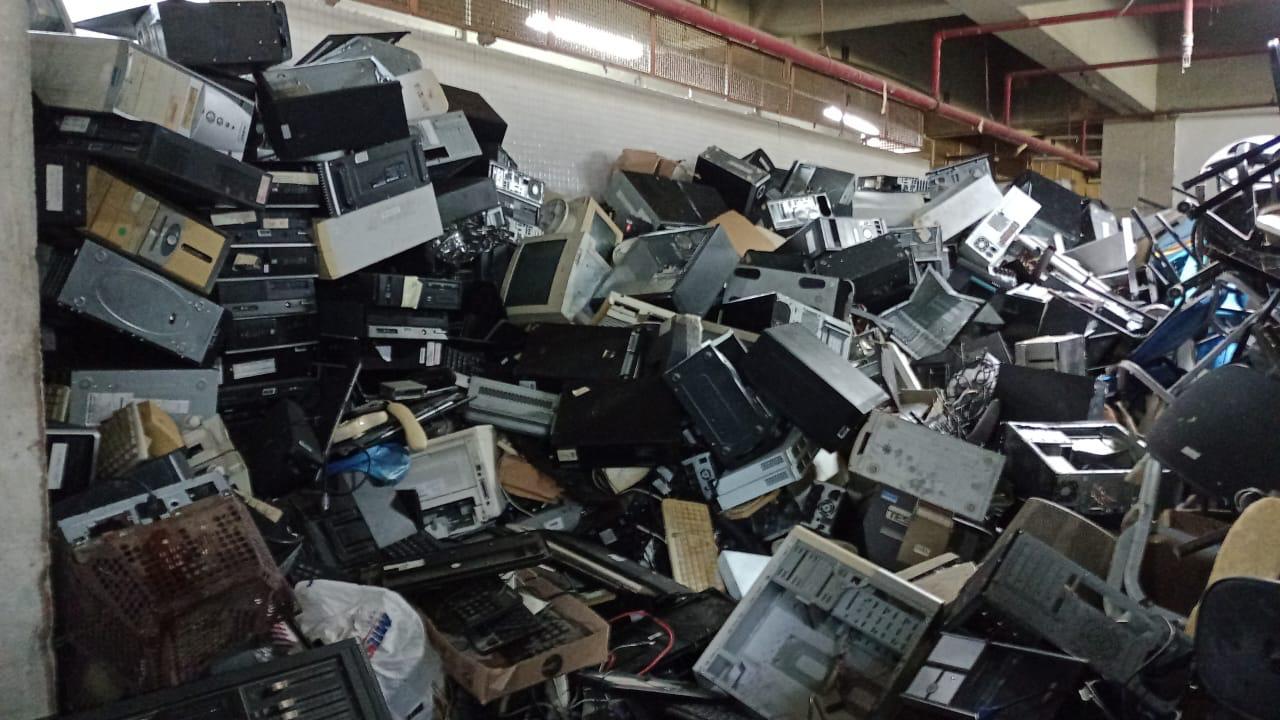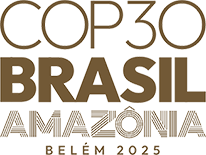Nationwide Mutirão Collects 200 Tons of Electronic Waste in Just Seven Days
The target was expected to be met in 30 days. The final results will be released in November, during COP30 in Belém (PA)

By Inez Mustafa | COP30 Brasil
The Sumaúma Digital Challenge, a nationwide electronic waste collection drive (Mutirão, in Portuguese) launched by the Brazilian Ministry of Communications as part of the Federal Government’s preparatory actions for the Climate Conference (COP30), exceeded expectations—reaching 200 tons of electronic waste collected across the country. The goal, originally set for one month, was achieved in less than seven days.
The result underscores the strong engagement of the Brazilian public with sustainable practices and reinforces the country’s commitment to global leadership in sustainability, circular economy, and waste management.
“In just a few days of campaigning, we achieved the goal we expected to reach in a month. This shows that Brazil is ready to set an example for the world in a decisive year, when the country will be in the global spotlight at COP30. People understand that sustainability starts at home, with proper disposal and the smart reuse of waste,” said Minister of Communications Frederico de Siqueira Filho.
The initiative will continue until November 13, with expectations for new collection records. The campaign mobilizes Computer Reconditioning Centers (CRCs) across the country, responsible for receiving, sorting, and properly processing discarded equipment.
The significance of the initiative is highlighted by Luciana Abade, General Coordinator for COP30 Mobilization, who praised the campaign: “We welcome this initiative by the Ministry with great enthusiasm. COP is a continuous process—it has already begun and will not end in Belém.”
“We welcome this initiative by the Ministry with great enthusiasm. COP is a continuous process—it has already begun and will not end in Belém.”
In addition to waste collection, the CRCs are holding National Good Practices Workshops, which provide training on electronic waste processing and reuse. On the first day of the campaign alone, more than 2,700 students completed the program.
Proper electronic waste management generates a positive chain that extends far beyond environmental preservation: it reduces pollution, encourages the circular economy, creates jobs, and promotes the efficient use of natural resources.
Companies, public agencies, and institutions that deliver five tons or more of electronic equipment are eligible to receive the Sumaúma Challenge COP30 Supporter Seal—an official recognition of their contribution to the campaign.
🔗 Follow real-time collection updates on MCom’s digital dashboard.
Sustainable Education
During the campaign, the Ministry also launched a Good Practices Guide for Waste Disposal—an educational resource that informs the public about the risks of improper disposal and explains the concept of reverse logistics, emphasizing the essential role of waste pickers and cooperatives in the process.
Alessandro Dinelli, president of the Instituto Descartes Correto, explained the process that discarded equipment undergoes: “We receive electronic waste from various federal public agencies, in accordance with Law No. 14,479.” After collection, all material undergoes mass control and a sorting process to determine which items can be refurbished and reused.
Federal Law No. 14,479, enacted on December 21, 2022, establishes the National Policy for the Decommissioning and Reconditioning of Electronic Equipment and encompasses the Computers for Inclusion Program. Its main objective is to promote digital inclusion through the reuse of information technology equipment discarded by public administration bodies.
Items deemed suitable for reuse are transferred to reconditioning stock. “Every 10 to 15 computers are packaged and sent to Indigenous and Quilombola communities, associations, and schools,” added Dinelli, whose organization is part of the Computers for Inclusion Program.
Education and Mobilization
The partnership with the NGO Programando o Futuro elevated the campaign to a new level, connecting Computer Reconditioning Centers (CRCs) from six states in a nationwide competition. In schools, students learn firsthand about reverse logistics and proper waste disposal—with a clear mission: to collect as much electronic waste as possible. The reward is a meaningful one: the top-performing schools in each state will receive refurbished computers, completing the sustainability cycle in an inspiring way.
How to Participate
Electronic waste can be dropped off directly at Computer Reconditioning Centers or at one of the Voluntary Drop-Off Points located throughout Brazil. To find the nearest Voluntary Electronic Equipment Drop-Off Point, visit the Green Eletron website. For batteries and cell batteries, visit the Ambipar Environment webpage.
Translation: Tadeu Azevedo (POET/UFC)
Proofreading: Michel Emmanuel Félix François (POET/UFC)
